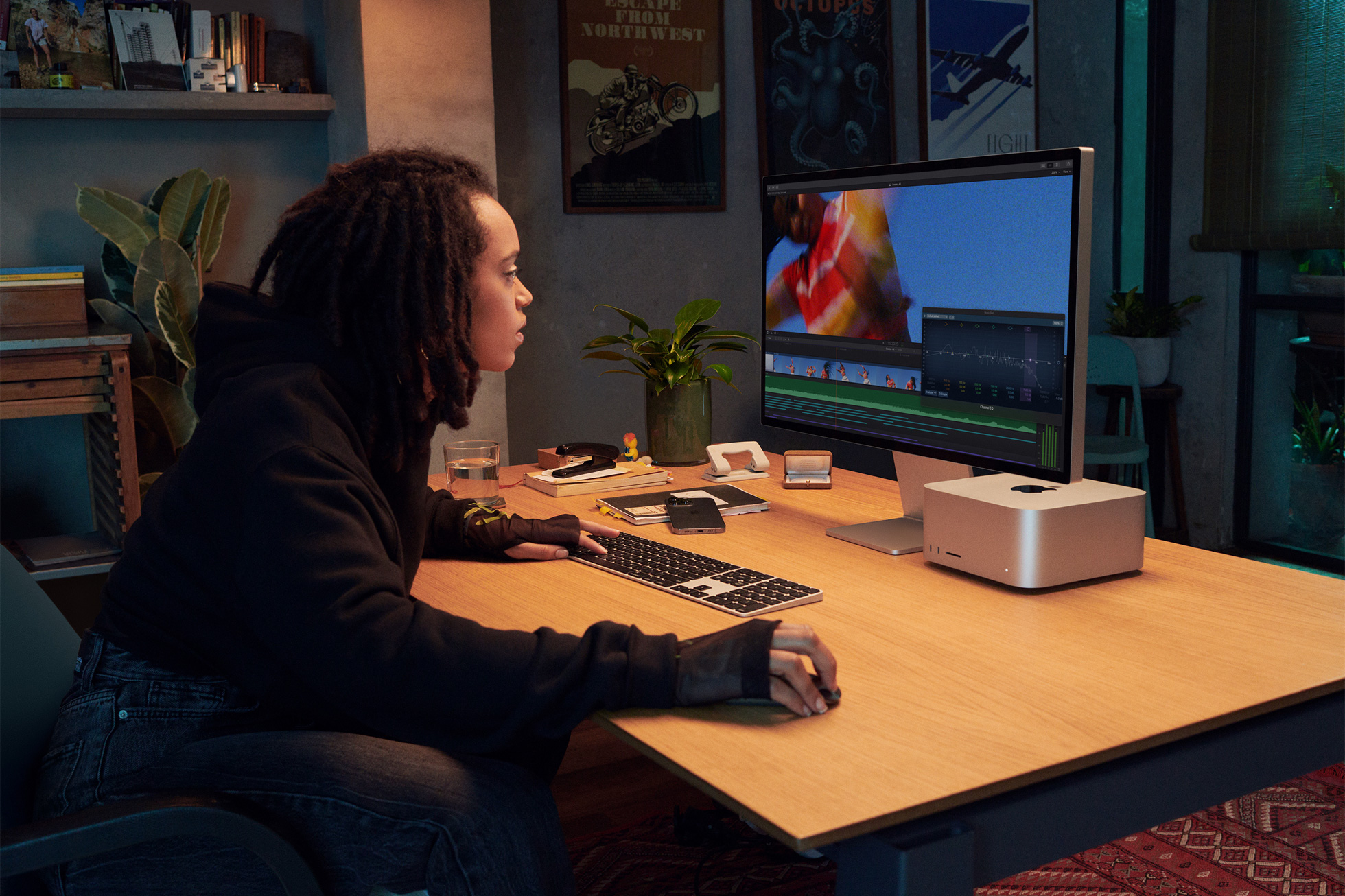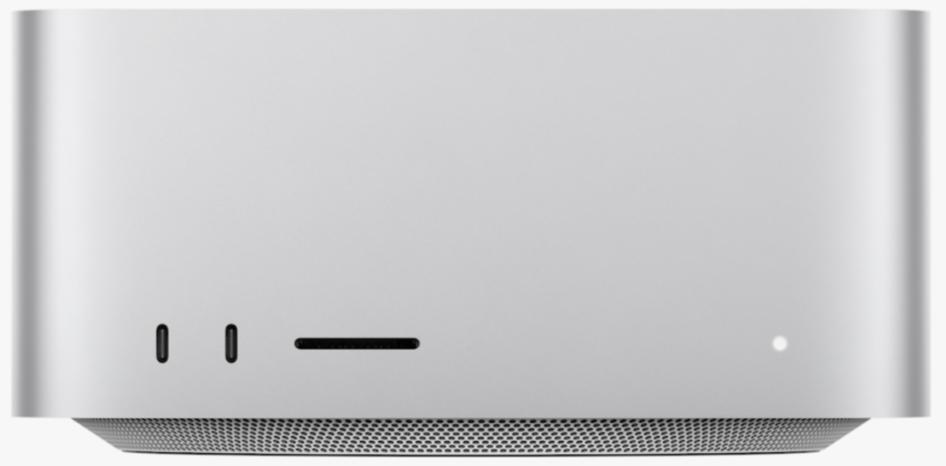Apple execs detail how they made the Mac Studio and Studio Display

What you need to know
- Two Apple executives have sat down to talk about the new Mac Studio and Studio Display.
- Tom Boger and Shelly Goldberg sat down with TechCrunch.
- The Mac Studio and Studio Display release to the public on Friday, March 18.
The Mac Studio and Studio Display launch to the public tomorrow and, to get the word out, a couple of Apple executives sat down with TechCrunch to talk about Apple's new vision for the professional desktop.
Tom Boger, Vice President of Mac & iPad Product Marketing, and Shelly Goldberg, Senior Director, Mac & iPad Product Design and Xander Soren, Director of Product Marketing, Pro Apps, sat down with the outlet to dive deep into the new desktop Mac and display.
Boger said that, rather than thinking about a scaled-up Mac mini, the team wanted to create an entirely new product that delivered "performance and conductivity and a modular system."
"We look very much at Mac studio for what it is, a completely new Mac product line. Which is rare. We don't add product lines to the Mac very often," says Tom Boger, Vice President of Mac & iPad Product Marketing at Apple. "Our philosophy was not at all to take a Mac Mini and scale it up, it was 'we know we're working on this M1 Ultra chip and we want to bring it to those users who want performance and conductivity and a modular system. And let's allow it to live right on people's desks so it's within easy reach. And that's what we delivered.""I think the way we look at it is we're happy to provide multiple ways for our users to work," Boger says. "So you could decide to have a MacBook Pro with an M1 Max chip in it and you could decide to have a setup in your studio where you bring the MacBook Pro back and forth. And if that's the way that you choose to work, great. But we also have users that prefer to have that desktop that always lives on their desk."
As many were quick to point out, the Mac Studio actually features two good old USB-A ports and, while Apple has recently omitted those ports from most of its laptops and desktops, Boger admitted that it was a need for many customers.
"We're trying to give our users that dynamic range of choice. So when deciding on the array of ports and how many and all of that it's really just talking to lots of customers, serving our customers and seeing how many devices they're using. And the USB-A ports is about the fact that people still have some legacy devices they can only connect there and there's some software that still requires software keys," Boger notes."We've got IO right on the front, and even if you need to get to the back, you just spin it around," notes Boger. "It's relatively light; it's very small; it fits under most displays at 3.7 inches high. We're really giving users something they've never had before. They've always had to trade off. If I wanted a smaller form factor computer, I had to trade off performance. And what we wanted to do was give people something where you don't have to do that. In fact, you can do things no other computer can do like 18 streams of 8k video, or a massive 3D scene that takes up nearly 128 gigs of video memory."
Apple appears to be going after any Mac user with its Studio Display, the company's new external monitor that includes a built-in webcam, microphone, and speakers. The display, which has received mixed reviews due to its older display technology and lackluster camera, is designed to be a "very accessible, very mainstream display."
"We wanted it to be a great, very accessible, very mainstream display for all of our Mac users," says Boger. "It's a great display if you want to hook up to the MacBook Pro, MacBook Air, Mac mini, Mac Studio, Mac Pro, whatever. And we know that there are still users out there who are using Intel-based Macs, and so putting A13 in there processes the audio for Spatial Audio and makes the magic of Center Stage happen."I think that makes a really big difference in the quality of the sound because by having those opposing drivers, we're sending all the vibration that we create into the intentional vibration that's creating the sound instead of into the enclosure and shaking the enclosure in sometimes less predictable ways that creates side effects acoustically that are undesirable," Goldberg notes.
The Mac Studio and Studio Display will begin to hit customers' doorsteps and Apple Stores tomorrow, March 18.

The professional's choice
Get incredible performance with the M1 Max or all-new M1 Ultra chip. Connect with up to four Pro Display XDRs plus a 4K TV. This tiny powerhouse won't take up much space on your desk.
Master your iPhone in minutes
iMore offers spot-on advice and guidance from our team of experts, with decades of Apple device experience to lean on. Learn more with iMore!

Joe Wituschek is a Contributor at iMore. With over ten years in the technology industry, one of them being at Apple, Joe now covers the company for the website. In addition to covering breaking news, Joe also writes editorials and reviews for a range of products. He fell in love with Apple products when he got an iPod nano for Christmas almost twenty years ago. Despite being considered a "heavy" user, he has always preferred the consumer-focused products like the MacBook Air, iPad mini, and iPhone 13 mini. He will fight to the death to keep a mini iPhone in the lineup. In his free time, Joe enjoys video games, movies, photography, running, and basically everything outdoors.
